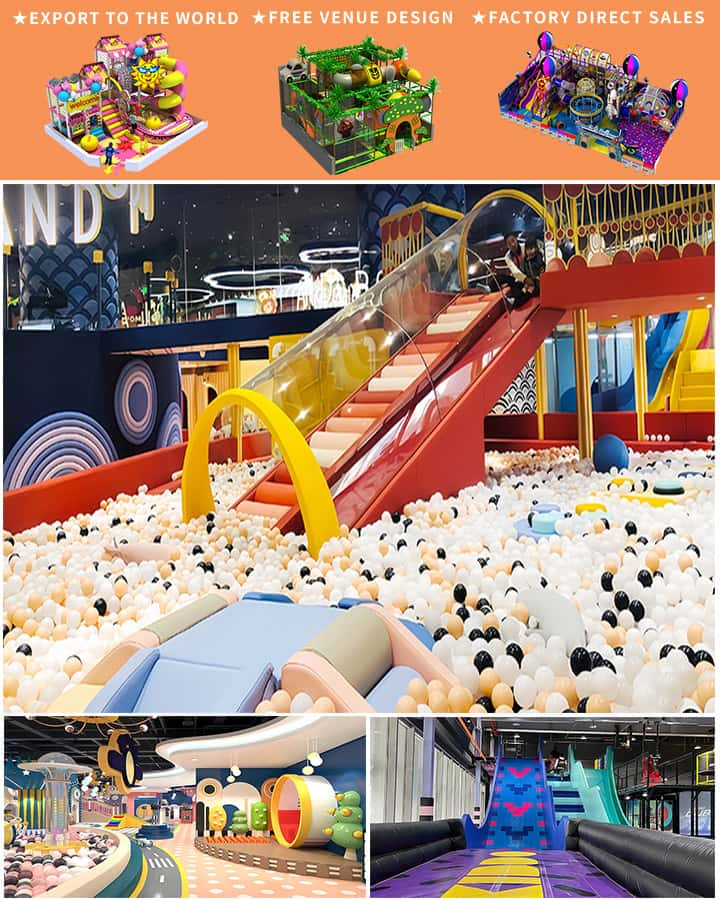In the ever-evolving world of children’s recreational products, soft playground equipment stands out as a crucial segment. This equipment, designed with safety and fun in mind, has become a staple in homes, schools, parks, and indoor play centers worldwide. One key aspect for businesses dealing with such equipment is the Harmonized System (HS) code, which is essential for international trade, customs classification, and tariff determination.
Soft playground equipment encompasses a wide range of items, including but not limited to, foam mats, soft slides, climbing structures, ball pits, and various interactive soft toys. These products are meticulously crafted to provide a safe environment for children to play, learn, and develop their motor skills. Made from materials like foam, fabric, plastic, and sometimes even eco-friendly compounds, this category of playground equipment offers versatility and durability.

The HS code, or Harmonized System code, is a standardized numerical method of classifying traded products and is used globally by customs authorities and international organizations. For soft playground equipment, the HS code can vary depending on the specific type of item and its primary material. Typically, these products might fall under the broader category of “Toys, games, and sports requisites” within the HS code system.
For example, foam mats and soft blocks used as safety surfacing or play surfaces often find themselves classified under HS code heading 9503, which pertains to “Toys; parts and accessories thereof.” Meanwhile, larger structures like soft climbing frames or playhouses might be classified under a different heading, reflecting their more substantial and complex nature.
Understanding the correct HS code is vital for manufacturers and importers alike. It ensures compliance with international trade regulations, facilitates smoother customs clearance processes, and helps in the accurate calculation of duties and taxes. Moreover, it enables businesses to monitor market trends, assess competitive landscapes, and make informed decisions regarding product development and distribution strategies.
In conclusion, soft playground equipment plays a pivotal role in fostering child development through play, while the correct application of HS codes streamlines global trade operations related to these products. As the demand for safe and engaging play solutions continues to rise, staying informed about the intricacies of product classification becomes increasingly important for stakeholders across the value chain. By navigating the complexities of HS coding with precision, businesses can enhance their competitive edge in the bustling marketplace of children’s leisure and recreation.




